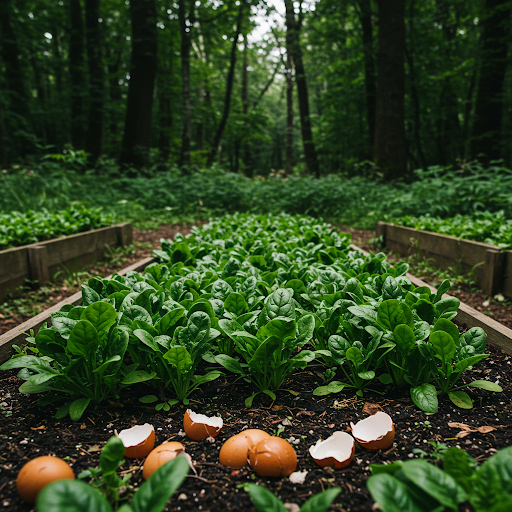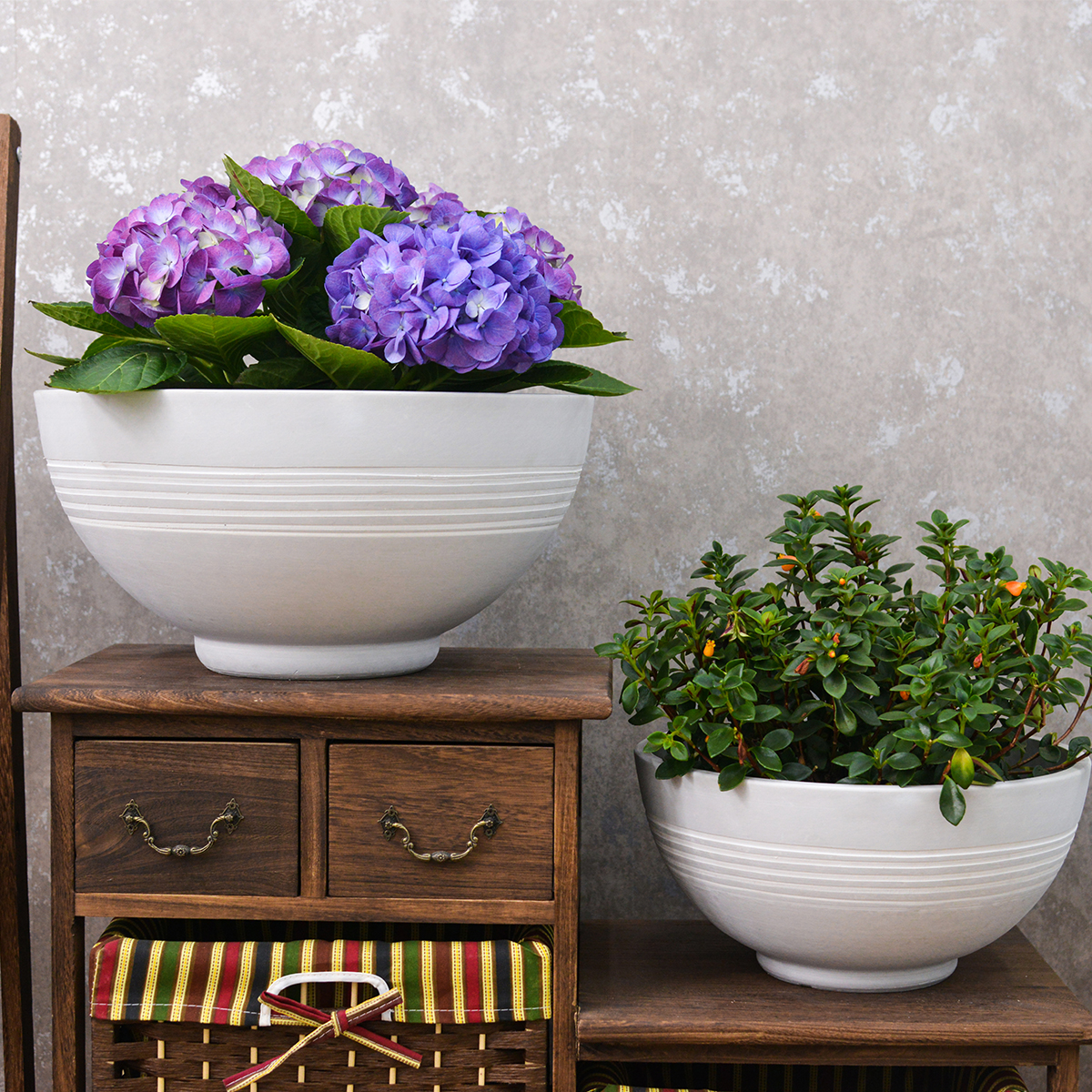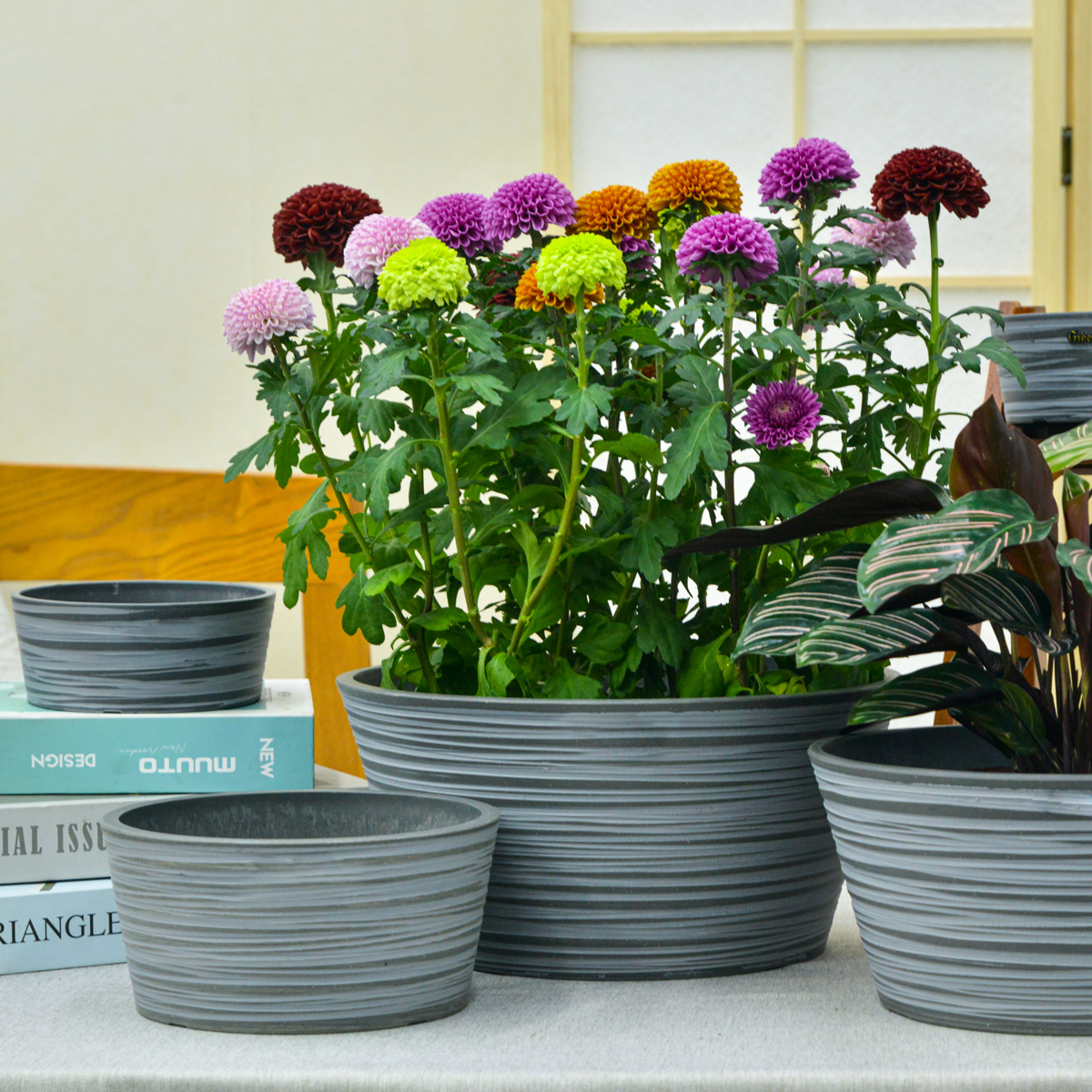It Doesn’t Cost a Dime! Here’s How to Eat Vegetables Year-Round for Free
Growing your own vegetables at home is not only a rewarding experience but also a fantastic way to save money while ensuring a constant supply of fresh, organic produce. With the right techniques and planning, you can cultivate a variety of vegetables throughout the year without breaking the bank. In this guide, we’ll explore how to create a self-sustaining vegetable garden using cost-effective methods, natural fertilizers, and smart gardening practices.

1. Choose the Right Vegetables for Year-Round Harvest
To enjoy fresh vegetables in every season, select crops that thrive in different weather conditions. Here’s a basic seasonal guide for the US:
- Spring & Summer Crops: Tomatoes, cucumbers, peppers, beans, lettuce, zucchini, corn, and eggplant flourish in warm weather.
- Fall & Winter Crops: Kale, spinach, carrots, broccoli, cauliflower, radishes, garlic, onions, and Brussels sprouts thrive in cooler temperatures. Consider varieties that are frost-tolerant for extended harvests.
- Perennial Vegetables: Asparagus, rhubarb, perennial kale, and some herbs like chives and oregano will regrow each year, reducing the need for replanting.
By diversifying your garden with a mix of these, you’ll always have something growing, no matter the season. Consider your local climate and average frost dates when making your selections.
2. Grow Free Vegetables from Kitchen Scraps
One of the easiest ways to grow food without spending money is to regrow vegetables from your kitchen scraps. Here are some common examples:
- Lettuce, Celery, and Cabbage: Place the base of these vegetables in a shallow dish of water until roots appear, then transfer them to soil.
- Green Onions and Scallions: Place the root ends in a glass of water, and they will start to regrow within days. You can then plant them in soil for continued growth.
- Potatoes and Sweet Potatoes: Allow sprouted potatoes to dry for a day or two, then cut them into pieces ensuring each piece has an “eye” and plant them in the soil.
- Garlic and Ginger: Plant cloves of garlic or pieces of ginger root in well-draining soil for a continuous harvest of greens or new bulbs/rhizomes.
This method is not only budget-friendly but also helps reduce food waste in your household.
3. Create a Low-Cost Vertical or Container Garden
If you have limited space, consider growing vegetables in containers or vertical gardens:
- Use Recycled Containers: Old buckets, plastic bottles, tires, or wooden crates can be repurposed as plant containers. Ensure they have drainage holes.
- Vertical Gardening: Hanging baskets, stacked planters, or DIY wall-mounted garden systems maximize small spaces. You can even use old pallets to create vertical growing structures.
- Hydroponics or Water-Based Growing: Growing vegetables in nutrient-rich water can be an excellent option for indoor gardening, though it might require a small initial investment for supplies.
Container gardening is an effective way to grow crops in small areas like balconies, rooftops, or patios.
4. Make Natural Fertilizers and Compost at Home
Instead of buying expensive fertilizers, create nutrient-rich compost from your household waste:
- Vegetable Peels and Scraps: Collect fruit and vegetable scraps in a compost bin or pile.
- Eggshells and Coffee Grounds: These add calcium and nitrogen to the soil.
- Banana Peels and Wood Ash: Increase potassium levels for healthier plants. Be cautious with wood ash as it can raise soil pH.
- Grass Clippings and Dried Leaves: These provide valuable organic matter.
Composting improves soil health, reduces waste, and ensures a continuous supply of nutrients for your vegetables. You can also create simple liquid fertilizers by steeping banana peels or coffee grounds in water.
5. Water Wisely with Rainwater Harvesting
To lower your water bill, collect rainwater using barrels or buckets placed under your gutter downspouts. Use this water to irrigate your garden, reducing your reliance on municipal water. Drip irrigation systems or self-watering containers can also help conserve water.
6. Seed Saving for Endless Planting
Instead of buying new seeds every season, practice seed-saving techniques:
- Tomatoes, Peppers, and Squash: Scoop out the seeds, dry them thoroughly, and store them in a cool, dark place.
- Beans and Peas: Allow the pods to dry on the plant before collecting the seeds.
- Leafy Greens (Lettuce, Spinach): Let some plants bolt (go to seed) and collect the seeds for the next planting cycle.
Saving seeds ensures you have a free supply of plants year after year. Research proper seed-saving techniques for each specific vegetable to ensure viability.

7. Companion Planting for Natural Pest Control
To avoid spending money on pesticides, use natural pest control techniques like companion planting:
- Marigolds and Basil: Repel pests and attract pollinators.
- Garlic and Onions: Keep away aphids and beetles.
- Mint and Rosemary: Deter ants, flies, and cabbage moths.
This method creates a balanced ecosystem where plants help each other thrive.
8. Indoor Gardening for Year-Round Supply
If outdoor space is limited, utilize windowsills, hydroponic systems, or LED grow lights to grow vegetables indoors. Herbs like basil, parsley, and chives do well indoors, as do leafy greens like lettuce and spinach. Dwarf varieties of tomatoes and peppers can also be grown indoors with sufficient light.
9. Extend the Growing Season with Simple Techniques
To ensure a continuous supply of vegetables, use methods to extend your growing season:
- Mulching: Helps retain moisture and regulate soil temperature.
- Cold Frames and Row Covers: Protect plants from frost during colder months. You can build these inexpensively using recycled materials.
- Succession Planting: Stagger your planting times so you have a continuous harvest of fresh vegetables.
By implementing these strategies, you can stretch your growing season and increase your food supply.
10. Community Gardening and Seed Exchanges
Join local gardening groups or participate in community gardens, where members often exchange seeds, seedlings, and gardening tips. This is a fantastic way to get a variety of plant varieties without spending any money.
Final Thoughts
With creativity and resourcefulness, growing your own vegetables at home year-round for free is entirely possible. By utilizing kitchen scraps, composting, water-saving techniques, and seed-saving strategies, you can enjoy fresh, organic produce throughout the year. This not only saves money but also promotes sustainable living and a healthier lifestyle. Start your free vegetable garden today and experience the joy of homegrown food without breaking the bank!
KC3-14A
By greenship|2024-08-16T06:26:30+00:00August 16, 2024|Categories: Hand-carving Series|
KC3-09k
By greenship|2024-08-16T06:24:36+00:00August 16, 2024|Categories: Hand-carving Series|
11V
By greenship|2024-08-13T03:05:48+00:00August 13, 2024|Categories: Hand-carving Series|
11THD
By greenship|2024-08-13T02:52:20+00:00August 13, 2024|Categories: Hand-carving Series|
20VD
By greenship|2024-08-13T06:43:41+00:00August 13, 2024|Categories: Hand-carving Series|
KC2-11V
By greenship|2024-08-16T05:39:50+00:00August 16, 2024|Categories: Hand-carving Series|






